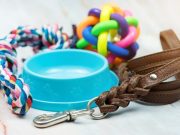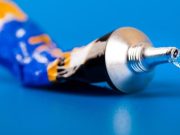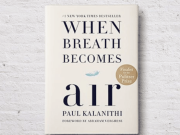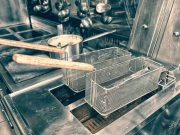The Changing World of Nursing Care
Nursing care is always growing and improving. New methods and ideas have led to many trends that make healthcare better. Experts keep learning about the latest proven techniques to provide the best care possible.
These trends help patients and hospitals alike. One key trend is evidence-based practice (EBP). While not brand new, fresh research keeps improving it. Many healthcare workers support EBP because they’ve seen how well it works.
What Is Evidence-Based Practice?
EBP is a modern approach that uses science-backed methods to improve care. It combines research, testing, professional knowledge, and patient input to create better healthcare solutions.
Instead of quick fixes, EBP uses proven research to guide decisions. Nurses especially benefit from this method because it leads to reliable, high-quality care with clear results.
How Nurses Use Evidence-Based Practice
Nurses are adopting EBP quickly—it’s now a key part of nursing education. This approach improves care quality and helps nurses make smart choices using up-to-date knowledge.
Many U.S. nursing schools teach EBP in online programs, giving nurses clear guidelines for safe and effective care.
Today, nurses use research and careful thinking to evaluate patients. EBP in nursing has five main steps:
- Ask: Know what questions to ask patients. Clear questions about symptoms lead to better treatment choices. Set clear recovery goals.
- Acquire: Research the illness and treatments. Use trusted studies to guide decisions.
- Appraise: Review the collected data. Check if the information is reliable and useful.
- Apply: Use your skills to put the best approach into action. Focus on giving the best care possible.
- Assess: See how well the treatment worked. Learn from the results and decide if it could help other patients.
Real-Life Examples of EBP in Nursing
Nurses use EBP daily. Here are a few examples:
- Oxygen for COPD patients: Research shows long-term oxygen helps COPD patients live better. Nurses use this knowledge when suggesting treatments.
- Teaching safety at home: Nurses use EBP to educate patients on avoiding injuries and infections outside hospitals.
- Checking patients before and after medication: Nurses now consider allergies, other medicines, and health history before prescribing. They also watch for side effects.
- Better diets for kids with stomach issues: Old advice like the BRAT diet (bananas, rice, etc.) lacked nutrients. Now, nurses prioritize hydration and balanced meals based on newer research.
How EBP Improves Nursing Care
EBP helps both patients and nurses in many ways:
- Better results for patients: Nurses using EBP communicate well, leading to clearer diagnoses and improved care.
- Continuous learning: Nurses stay updated on healthcare trends and research, sharpening their skills over time.
- Stronger critical thinking: EBP pushes nurses to connect research with real cases, improving problem-solving skills.
- More research opportunities: Nurses learn to analyze studies and apply findings, advancing their knowledge.
- Reduced risks: With deep research, nurses can spot potential dangers and create safety plans.
Final Thoughts
EBP pushes healthcare forward by questioning old methods and finding better solutions. It encourages research and sharp thinking, making it popular among nurses. Today, EBP helps nurses grow in their careers while giving patients the best care possible.






























